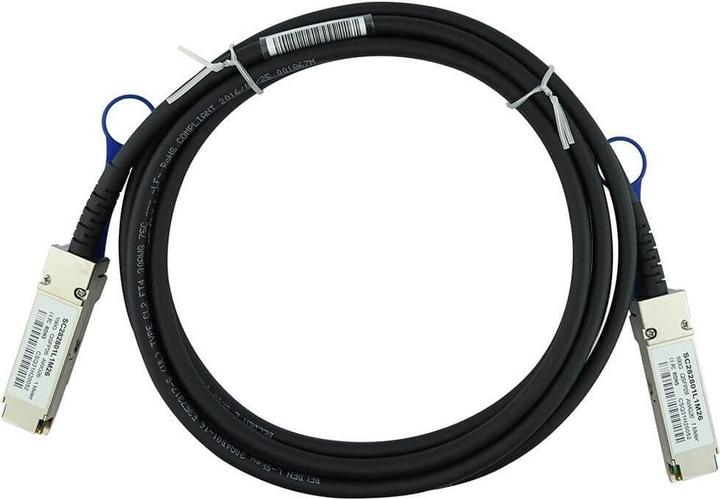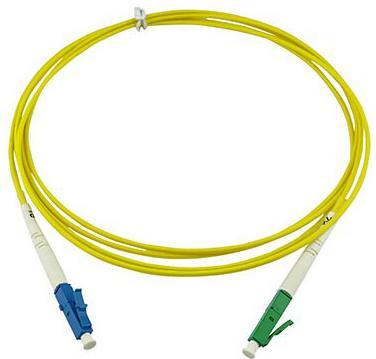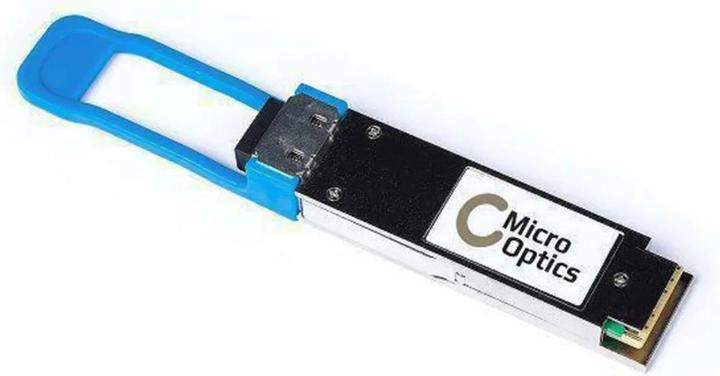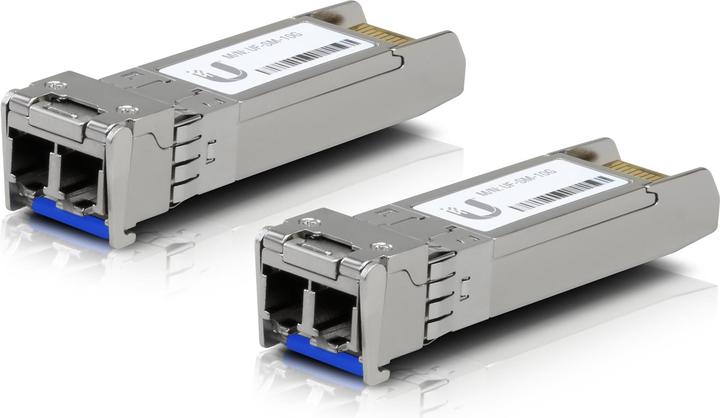
Too Many Transceivers? Here's How to Choose the Right One
Explore the key features you should consider when selecting the perfect transceiver for your needs.
Last updated 5 hours ago. Automatically generated content.


Select options and limit the number of products
Wavelength in transceivers determines the distance and clarity of data transmission over fiber optic cables. Choosing the right wavelength is crucial for ensuring optimal performance and compatibility with existing network infrastructure.
Popular options
Up to 1310 nm
Typical price
38.– to 160.–Typically used for short to medium distances, such as within buildings or campuses.
Offers a cost-effective solution for local area networks (LANs) with reliable performance.
Bestseller
1311 - 1550 nm
Typical price
61.– to 200.–Suitable for medium to long distances, often used in metropolitan area networks (MANs).
Provides better performance for long-haul communications, reducing signal loss over distance.
Bestseller
1551 - 125000 nm
Typical price
72.– to 300.–Ideal for very long distances and specialized applications, such as undersea cable systems.
Ensures minimal attenuation and high data integrity across extensive networks, supporting global connectivity.
Bestseller
Module type refers to the physical form factor and interface standard of the transceiver, affecting compatibility and performance in networking equipment. Choosing the right module type ensures seamless integration with existing infrastructure and optimized data transmission speeds.
Popular options (you can select more than one)
SFP
Typical price
31.– to 76.–Small Form-factor Pluggable transceiver suitable for data rates up to 4.25 Gbps.
Ideal for short to medium-distance connections in enterprise networks, providing flexibility and scalability.
Bestseller
SFP+
Typical price
45.– to 140.–Enhanced version of SFP, supporting data rates up to 10 Gbps.
Perfect for high-speed networks needing efficient performance over short distances, like data centers.
Bestseller
QSFP28
Typical price
150.– to 360.–Quad Small Form-factor Pluggable transceiver supporting up to 100 Gbps.
Recommended for high-bandwidth applications, enabling efficient data handling in large-scale data centers.
Bestseller

CBO Arista CAB-Q-100G-1.5 compatible BlueLAN DAC QSFP28 SC282801L2M30
QSFP
Typical price
140.– to 400.–Quad Small Form-factor Pluggable transceiver capable of handling up to 40 Gbps.
Suitable for aggregation and core network layers, offering high-density connectivity solutions.
Bestseller
XFP
Typical price
190.– to 490.–10 Gigabit Small Form Factor Pluggable transceiver designed for 10 Gbps data rates.
Best for long-distance connections, such as telecom networks, due to its robust performance over extended ranges.
Bestseller
Transmission in transceivers determines how data is sent and received over optical fibers, affecting speed and distance capabilities. Choosing the right transmission type is crucial for ensuring efficient communication, especially in networks requiring high-speed and long-distance data transfer.
Popular options (you can select more than one)
Single Mode
Designed for long-distance communication, utilizing a narrow core for light transmission.
Ideal for applications requiring high bandwidth over extended distances, such as metropolitan and long-haul networks.
Bestseller
Multi Mode
Uses a larger core to transmit multiple light modes over shorter distances.
Best suited for short-distance connections within buildings or campuses, offering cost-effective solutions for local area networks.
Bestseller
Country of origin refers to the country where a product is manufactured, which can influence perceptions of quality, reliability, and craftsmanship. Understanding the country of origin helps buyers make informed decisions based on preferences for certain manufacturing standards or technological expertise.
Popular options (you can select more than one)
Japan
Typical price
29.– to 94.–Known for advanced technology and precision engineering in manufacturing.
Japanese transceivers are often praised for their reliability and efficiency, making them a solid choice for tech enthusiasts.
Bestseller
Germany
Typical price
61.– to 210.–Renowned for high-quality engineering and robust manufacturing processes.
German transceivers are typically durable and high-performing, ideal for those valuing long-lasting equipment.
Bestseller
USA
Typical price
85.– to 210.–Strong focus on innovation and cutting-edge technology in production.
US-made transceivers are often at the forefront of technological advancements, appealing to those seeking the latest features.
Bestseller
The brand factor guides customers in selecting transceivers by highlighting trusted manufacturers known for quality and reliability. Brands like Ubiquiti, TP-Link, and MikroTik offer diverse features catering to different networking needs, enhancing user experience and performance.
Popular brands (you can select more than one)
Ubiquiti
Renowned for high-performance wireless networking solutions.
Ideal for scalable and flexible network setups, offering advanced management tools.
Bestseller
TP-Link
Known for affordable and user-friendly networking devices.
Offers reliable options for home and small business networks with easy installation.
Bestseller
MikroTik
Specializes in robust, customizable networking solutions.
Favored by tech-savvy users for extensive configuration options and versatility.
Bestseller
BlueOptics
Recognized for high-quality optical transceivers.
Provides reliable performance in data centers and telecommunication networks.
Bestseller
Zyxel
Offers a wide range of networking products with solid performance.
Great for home and office environments, ensuring consistent connectivity.
Bestseller










